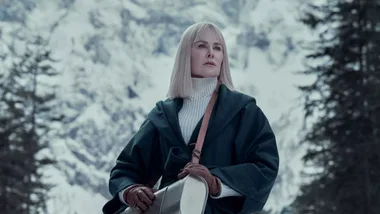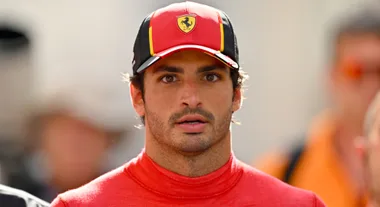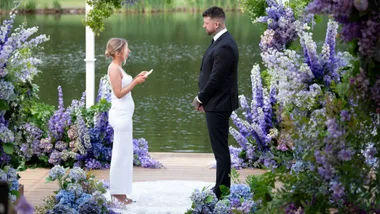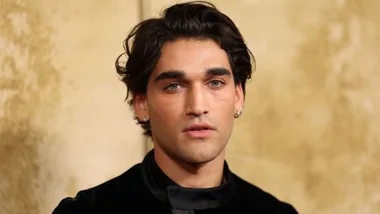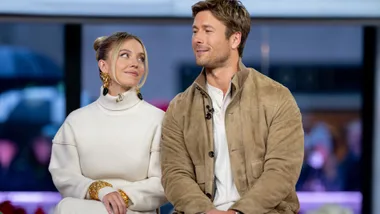It’s 2023, and the girls are really girling.
From blockbuster movies to sell-out sports matches, women have achieved a hell of a lot this year, and we think that’s something worth celebrating.
Importantly, the significance of these achievements should not be underplayed. Historically, women have faced unequal footing in almost every arena. And while strides have been made in repairing the parity between men and women, there are still significant barriers to break down before we get there.
So without losing sight of the work still to be done, we’re taking a moment to spotlight the biggest female-led accomplishments in films, sport, and music this year.
Barbie Puts Women’s Issues On A Global Platform
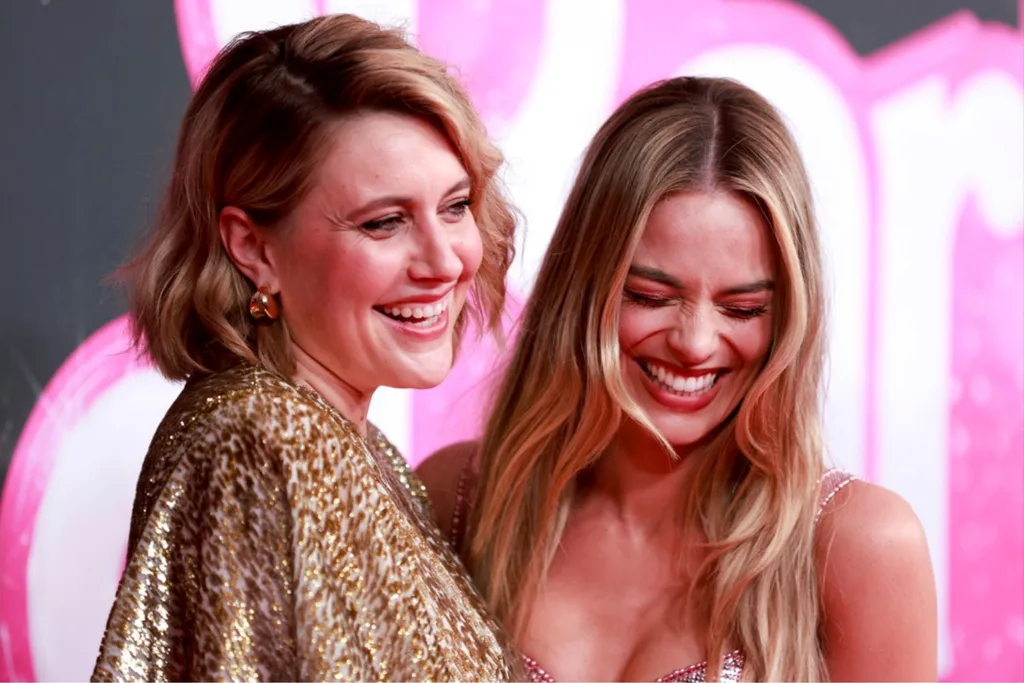
After months of build up and a mammoth marketing campaign, the Barbie movie officially surpassed USD $1 billion (approx. AU $1.5 billion) in box office sales just 17 days after its release, making Greta Gerwig the first solo female director to reach this milestone.
Considered in the context of the film’s subject matter, this monumental achievement is all the more significant.
For anyone who somehow missed the moment, Barbie explores topics like patriarchy and feminism from a nearly entirely female perspective. In doing so, the Margot Robbie-led film brings usually-silenced issues that plague modern womanhood to the fore, like household and emotional labour, the complexities of girlhood, and impossible beauty standards.

To better understand this significance, it’s worth looking to the past.
A study by the University of Southern California’s Annenberg Inclusion Initiative found that just 33.1 percent of speaking roles in 2018’s 100 top-grossing films went to women. In 2007, this figure was even lower, at 29.9 percent.
Barbie’s success, then, confirms what we’ve long suspected: audiences are hungry for films where women are vocal, and exist beyond advancing male characters’ storylines. We’re here for it.
The Matildas Smash Sporting Records – And Bring Home Repeat Victories In The Process
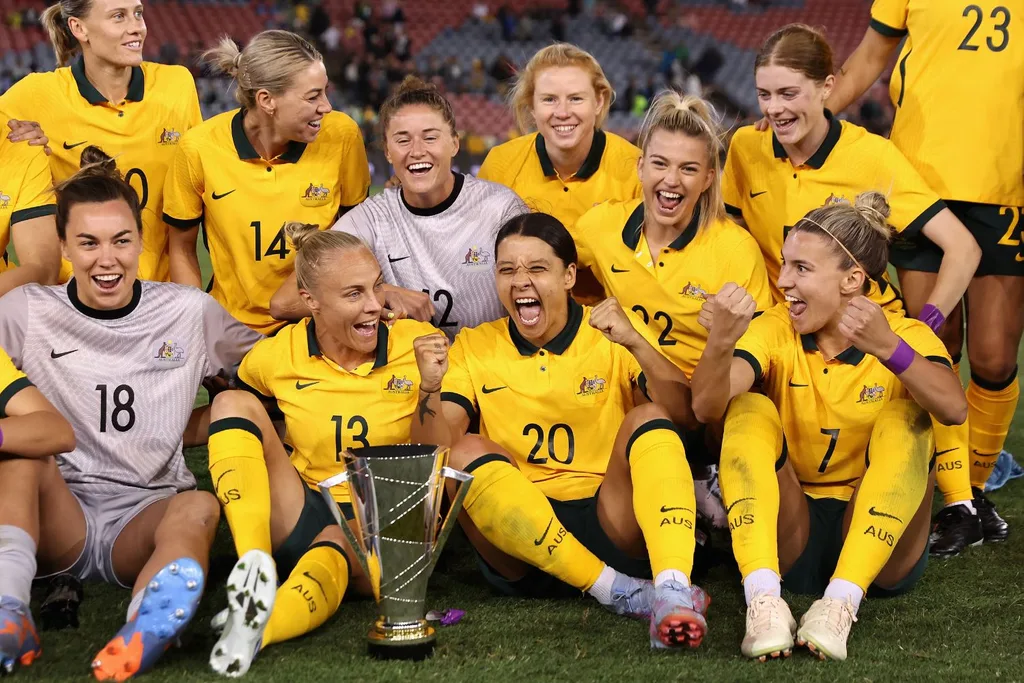
Australian women’s soccer team the Matildas are also having a year worth celebrating.
After Australia won the bid to co-host the 2023 FIFA women’s world cup alongside New Zealand, unprecedented ticket sales have made the tournament the most attended standalone women’s sporting event in history, forcing organisers to upgrade to bigger stadiums in some cities to meet demand.
Then, before the tournament even kicked off, it was reported that the Matildas had massively eclipsed the Australian male soccer team, the Socceroos, in merchandise sales.
Nike Pacific boss Ashley Reade told the Australian Financial Review in July 2023, “The demand for jerseys has been unprecedented. It’s incredible, we haven’t even got to the first game yet.”
Since then, not only have the Matildas gone on to dominate the competition (securing a place in the quarterfinals), but their matches have garnered unprecedented support – a further testament to the value of women’s sport.

Their incredible 2-0 victory over Denmark, for example, set a program record for the largest television audience this year for broadcaster Channel Seven.
The match attracted 2.29 million people, even eclipsing other male-dominated sporting matches this year, like State of Origin game one on Channel Nine.
And despite women’s sport typically averaging less than 10 percent of mainstream media’s total sports coverage in a day, reports show that Australians are watching more women’s sport than ever.
But while these statistics positively indicate that audiences are just as invested (if not more so) in women’s sport as men’s, the industry is still plagued by massive inequality.
One major issue facing women’s football in Australia is underfunding. Ex-Matildas player Melissa Barbieri confronted Prime Minister Anthony Albanese on the issue, after he floated a potential public holiday should Australia take out the World Cup.
“Albanese keeps talking about this freaking public holiday. How about you just f**king fund our sport properly,” the goalkeeper tweeted.
“35 weeks to play ALeague for a minimum $25k for a female which most are on is not ok. Coaches on min [wage]… worse if you’re female… worse if you need food or petrol.”
Similarly, the prize money for the FIFA Women’s World Cup is set at around $110 million (approx. AUD $160 million), compared to the men’s prize money last year, which sat at $440 million (approx. AUD $643 million).
Given that Aussies have rallied around the Women’s World Cup in unprecedented numbers, surely it’s time for these figures to change.
The Diamonds Win The Netball World Cup (But Won’t Get A Cent For It)
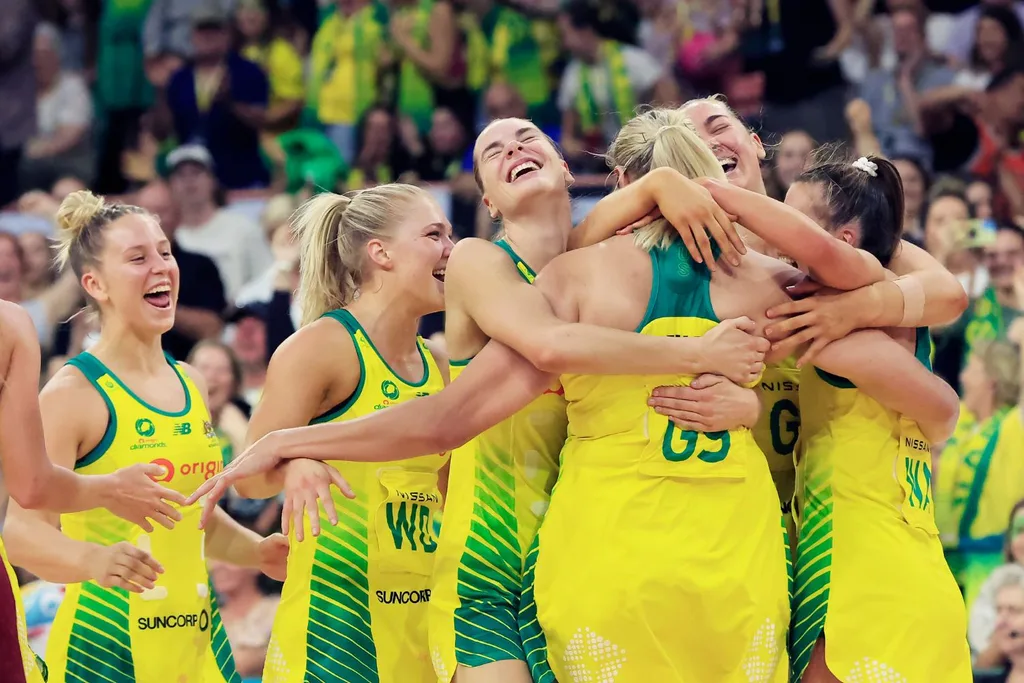
The Diamonds also had a stellar win against England, taking out the Netball World Cup with a score of 61-45, but to significantly less fanfare.
The team’s massive effort saw them travel to South Africa (many of them with young children in tow) to compete in eight nail-biting matches, eventually taking out the sought after title – 4 years after it was last won by Australia.
But despite all this, the team will not be awarded a single cent for their victory. In fact, despite being the sport’s premier competition, the Netball World Cup does not have any prize money on offer at all.
It goes without saying that this grossly devalues the efforts of the Diamonds, but it’s also a huge blow for a female-dominant sport like netball, and doesn’t bode well for inspiring the thousands of young girls who take up the sport each year, either.
Women Are Paving The Way At The VMAs For The First Time Ever

For the first time in VMAs history, the prestigious Video of the Year and Artist of the Year categories are entirely dominated by women and non-binary folk.
Taylor Swift, SZA, Miley Cyrus, Nicki Minaj, Olivia Rodrigo, Doja Cat, and Kim Petras and Sam Smith (who identifies as non-binary) all earned a nomination for Video of the Year,, making it the first time in history a male artist hasn’t been included.
And for Artist of the Year, a gender-neutral category introduced by the awards show in 2017, women dominated the nominations entirely, with Beyoncé, Doja Cat, KAROL G, Nicki Minaj, Shakira, and Taylor Swift competing for the title.
This result is significant considering that, when awards shows have opted to go gender neutral in the past, it has resulted in predominantly male artists rising to the top.
The BRIT Awards dropped gendered categories in 2022, only to reveal an all-male lineup of nominees in the most prestigious category, Artist of the Year. This trend has bled into other areas of the industry, too. Music festivals have notoriously booked male dominated line-ups, with not a single female artist headlining Glastonbury in 2023. (Artists like Lizzo and Lana Del Ray received second or lower billing.)

A USC Annenberg Music report contextualises results like these, finding that the music industry has long been overwhelmingly male. In 2019, for example, just 22.5% of the top songs were made by female artists, 14.4% of songwriters were female, and only 5% of producers were women.
The same report surveyed music professionals and found that the main barriers to female success in the music industry related to objectification, stereotyping, and being a statistical minority.
There’s a long, long, long way to go. But for once, women are dominating. Let’s take a moment to celebrate 2023 being the year of female excellence — and then back to work.


